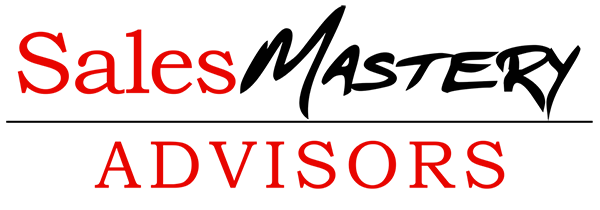The CRM ‘Red Zone’ Challenge
by Jim Dickie
While attending a recent sales leadership summit, I took part in a discussion about where to best invest limited sales enablement funds today to help optimize revenue performance. Initially, a lot of the conversation centered on looking to generate more leads. But then one of the participants observed that we were looking at the wrong end of the sales funnel. Instead of focusing on more opportunities going into the funnel, the emphasis should be on creating more contracts coming out of the funnel.
To back up his assertion, he shared a football analogy. In professional football, teams track a key statistic called “red zone efficiency” (RZE), a percentage figure that represents how often an offense scores a touchdown once they get within the opponent’s 20-yard line. A self-described fantasy football addict, he noted that for the latest 2022-2023 season, the average RZE across the 32 NFL teams was 54.2 percent. But then he further observed that the RZE for the two teams that played in the Super Bowl were 71 percent for the Kansas City Chiefs and 69 percent for the Philadelphia Eagles. He concluded with this point: The goal of football is not to play more games, but rather to win more of the games you play. To do that, you need to consistently outscore your opponent.
Moving back to sales, we looked at the average win rate of forecast deals from the 2022 Sales Mastery Sales Performance Scorecard study of 850-plus firms—51.3 percent, which is essentially the same success rate you’d expect from flipping a coin and calling heads each time. The discussion then shifted to how sales enablement can help boost that figure to the sales equivalent of the Chiefs’ and Eagles’ performance.
Consider the selling actions that must effectively take place to close a deal. You need to create a sense of urgency so that the opportunity doesn’t stall out and end up as a no-decision. You need to differentiate your solution from the competition to minimize competitive losses. You need to sell value so you can avoid erosion of margins via discounting. You need to establish reasonable terms and expectations for solution implementation. Looking at the CRM marketplace and recent announcements, we are seeing solution providers releasing technology designed to optimize these end-of-the-sell-cycle tasks.
An example of this is Salesforce’s announcement of Einstein GPT. Within the sales professional’s CRM environment, it enables questions such as “Based on Acme’s current financial situation and our outstanding proposal to them, what are three key points to which their board members would respond positively to approve an out-of-budget purchase?” Mediafly provides revenue intelligence to detect which deals are at risk and why. Databook is another innovative player that has a platform that links a vendor’s solutions directly to a company’s stated strategy and objectives. Close Strong has announced an AI-enabled platform to optimize the effectiveness of sales professionals negotiating win-win deals.
As we’ve recently wrapped up Q1 of 2023, if history is any guide, many sales organizations might well be starting to feel nervous about hitting their revenue goals for this year. Based on the fact that sales cycles always get longer in the face of economic uncertainty, adding more deals to the top of the funnel might not be a practical way to move the revenue dial for 2023. Instead, sales organizations could be better served by looking to provide their teams with sales enablement tools to close more of their already existing opportunities. And if you do the math to see the impact that moving win rates from 51 percent to 60 percent, 65 percent, or more, you will see that the funds to quickly pay back the investment for those additional CRM capabilities is already there.

